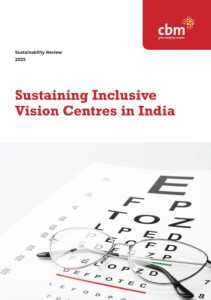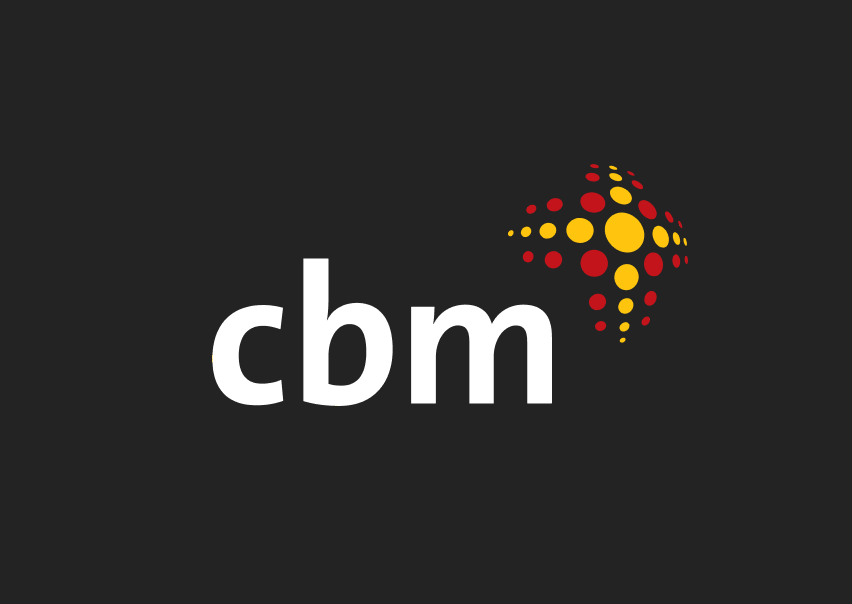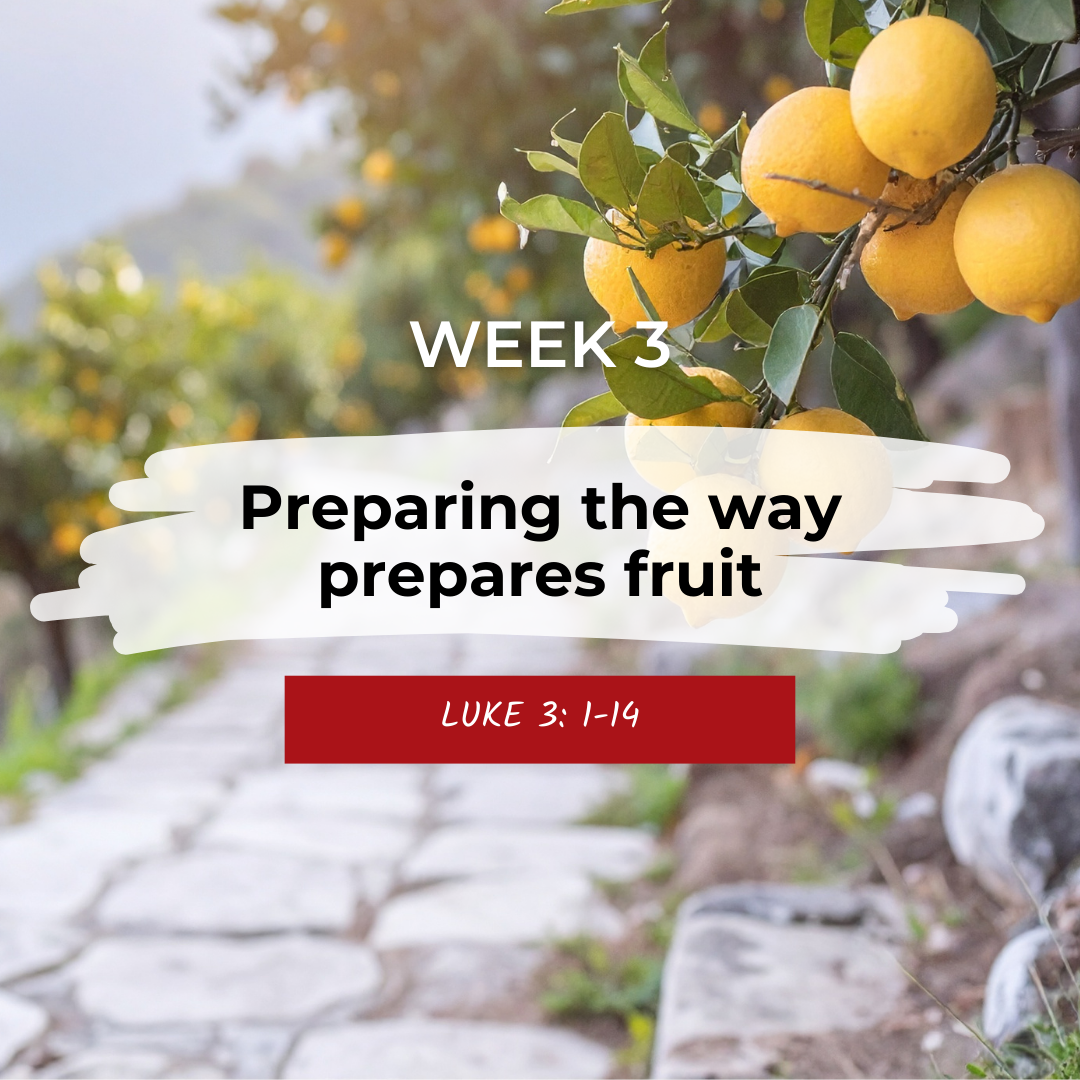Vision for all: Why access to eye health is a precondition for inclusion
For millions of people in India, particularly those living in rural and impoverished areas, the inability to access basic eye care – such as a simple pair of eyeglasses – can be a profound barrier to inclusion. When compounded by disability, this lack of access becomes a structural impediment to education, employment and participation in community life.
CBM recognises that assistive technology, including eyeglasses, is not a luxury but a precondition for inclusion. Without it, people with vision loss are systematically excluded from opportunities that others take for granted.

Between 2017 and 2021, CBM India Trust in partnership with Dr. Shroff’s Charity Eye Hospital and supported by CBM UK, piloted a new model of community-based, inclusive eye care in Saharanpur, Uttar Pradesh, India. The Inclusive Vision Centres (IVCs) project was designed to address multiple challenges of accessibility, affordability and inclusion.
Four IVC were established, with key features:
- Provision of assistive technology: Eyeglasses were made available at subsidised rates or free of charge, ensuring that cost was not a barrier. During the pilot, other assistive devices – such as wheelchairs, crutches, hearing aids and walking canes – were also distributed to support broader inclusion.
- Community-based access: By locating services within communities, the model eliminated the need for long-distance travel – a major barrier for people with disabilities.
- Inclusive infrastructure and training: Centres were made physically accessible, and staff were trained in disability awareness and the use of tools like the Washington Group Questions to collect disability data.
- Empowerment of women: Twenty-five young women from marginalised backgrounds were trained as vision technicians and centre managers, contributing to both greater gender awareness and local capacity strengthening.
Sustainability and scale
The IVC model was designed with sustainability in mind from the outset, with extensive preplanning activities, including feasibility studies, business plans, location assessments and community engagement conducted. Standardised delivery approaches were developed and strong partnerships formed with local government agencies and institutions, extending the impact beyond the centre’s own services. A cross-subsidy financial approach ensured that those who could afford services helped fund care for those who could not, while revenue from eyeglasses and value-added services (e.g., blood pressure and diabetes testing) contributed to financial viability.
Today, nearly 200 IVCs operate across India, with some now integrated into state health systems in Karnataka and Haryana. These centres now serve 20–30 patients daily, and 75–80% of surgeries at Dr. Shroff’s Hospital are referred through a network that includes 15 IVCs.
Challenges and opportunities
Despite its success, the project also revealed challenges that must be addressed to fully realise the potential of assistive technology as a driver of inclusion. The initial use of disability-disaggregated data was not sustained in the transition to a new information management system, limiting the ability to monitor inclusion outcomes. Training alone has not been sufficient to maintain disability-inclusive practices, particularly at the hospital level, where high-volume service delivery can overshadow inclusive care. Finally, while eyeglasses remain a core service, the provision of other assistive devices has declined due to funding constraints, with staff now referring patients elsewhere for assistive technology.
The takeaway
CBM’s IVC model demonstrates that when assistive technology is recognised as a precondition for inclusion, and when services are designed with accessibility, affordability and sustainability in mind, the impact can be transformative. As the model continues to scale, it offers a compelling model for inclusive health systems that leave no one behind.
Read the full report on Sustaining Inclusive Vision Centres in India
https://www.cbm.org.au/stories/vision-for-all-why-access-to-eye-health-is-a-precondition-for-inclusion
Related Stories

Share your advocacy preferences with us
Thank you for helping us to advocate for the one billion people with disability globally. CBM Australia advocate across...

Advent 2025: Jesus’ way leads to fullness
The way of Jesus gives people freedom and empowers them to live out their God-given purpose. The last few weeks...

Advent 2025: Preparing the way produces fruit
John the Baptist called people to prepare for God’s presence through repentance and by producing fruit (acts of justice,...
